Tomorrow We Fly est un film américain de genre Documentaire
Tomorrow We Fly (1943)
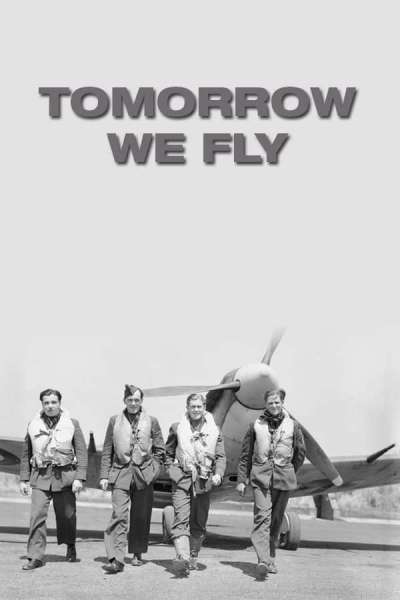
Si vous aimez ce film, faites-le savoir !
- Infos
- Casting
- Infos techniques
- Photos
- Vidéos
- Passages TV
- Citations
- Personnages
- Musique
- Récompenses
OrigineEtats-Unis
Genres Documentaire
Tomorrow We Fly is a 1943 American short documentary film. It was nominated for an Academy Award for Best Documentary Short.
Commentaires
Postez un commentaire :
Suggestions de films similaires à Tomorrow We Fly
Il y a 8966 ayant les mêmes genres cinématographiques, 13961 films qui ont les mêmes thèmes (dont 44 films qui ont les mêmes 7 thèmes que Tomorrow We Fly), pour avoir au final 70 suggestions de films similaires.Si vous avez aimé Tomorrow We Fly, vous aimerez sûrement les films similaires suivants :

The Atom Strikes! (1945)
, 31minutesOrigine Etats-Unis
Genres Guerre, Documentaire
Thèmes L'environnement, La mer, Transport, Aviation, Documentaire sur l'environnement, Documentaire sur la guerre, Documentaire historique, Documentaire sur le nucléaire, Documentaire sur les technologies, Politique, Documentaire sur la Seconde Guerre mondiale
Note58%






Wings on Her Shoulder (1943)
, 10minutesOrigine Canada
Genres Documentaire
Thèmes Transport, Aviation, Documentaire sur la guerre, Documentaire historique, Documentaire sur les technologies, Politique, Documentaire sur la Seconde Guerre mondiale
As the Second World War continues, the Canadian contribution to the Allied bombing campaign over occupied Europe requires more aviators. The government responds by creating the Royal Canadian Air Force Women's Division in 1941. By 1943, 9,000 recruits, women from all backgrounds, are taking over a wide range of jobs. Women in the RCAF, or WDs as they were called, were clerks, drivers, photographers, air photo interpreters, weather observers, instrument mechanics, parachute riggers as well as many administrative and technical positions in the RCAF. While most WDs were located at British Commonwealth Air Training Plan stations across Canada, many others served overseas with RCAF Overseas Headquarters and

Banshees Over Canada (1943)
, 19minutesOrigine Canada
Genres Documentaire
Thèmes Transport, Aviation, Documentaire sur la guerre, Documentaire historique, Documentaire sur les technologies, Politique, Documentaire sur la Seconde Guerre mondiale
British preparations for a German bombing raid are examined, as well as the resultant destruction caused by the raid and the defences mounted by Britain's Royal Air Force. Canadian preparations for air defence, should the country be attacked during the then-current Second World War is also highlighted.

Train Busters (1944)
, 13minutesRéalisé par Sydney Newman
Origine Canada
Genres Guerre, Documentaire
Thèmes Transport, Aviation, Documentaire sur la guerre, Documentaire historique, Documentaire sur les technologies, Politique, Documentaire sur la Seconde Guerre mondiale
Acteurs Lorne Greene
In 1943, the RCAF strength and equipment consists of 32 overseas squadrons based in England. Two fundamental missions were essential to the Allied air strategy: night bombing and interdiction. While bombers struck at the heart of occupied Europe, the German war machine reacted by sending out supplies to their far-flung European bases by rail. The RCAF disrupted the "nerve centres" by attacking the rail system. These specialized ground attack fighters were extremely successful, with fighter-bombers destroying munition trains.
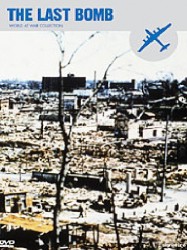
The Last Bomb (1945)
, 35minutesRéalisé par Frank Lloyd
Origine Etats-Unis
Genres Documentaire
Thèmes L'environnement, La mer, Transport, Aviation, Documentaire sur l'environnement, Documentaire sur la guerre, Documentaire historique, Documentaire sur le nucléaire, Documentaire sur les technologies, Politique, Documentaire sur la Seconde Guerre mondiale, Forces armées des États-Unis
Acteurs Reed Hadley, John Arthur Kennedy, James Seay, Don Taylor
Note63%






Target for Tonight (1941)
, 48minutesRéalisé par Harry Watt
Origine Royaume-uni
Genres Guerre, Documentaire, Historique
Thèmes Transport, Aviation, Documentaire sur la guerre, Documentaire historique, Documentaire sur les technologies, Politique, Documentaire sur la Seconde Guerre mondiale
Note62%





Before the film, several text cards explain bombers and the Royal Air Force chain of command. The film begins with an observation aircraft flying over and dropping a box of undeveloped film. Bomber Command develops the film and analyzes the resulting photographs, which are presented for the audience to see. There has been a massive build-up by German forces in the subject area for the past few months. The film shows the planning of the mission, even detailing how the bomber wing chooses munitions for the task. The weather forecast is expected to be good and the pilots are briefed. The crew of "'F' for Freddie", the bomber that is the focal point of the film, suit up and take off. While over Germany, the crew bombs the target, dead on for one bomb but their aircraft is hit by flak from "faceless" anti-aircraft gunners. The radio operator is hit in the leg and Freddie is the last aircraft to return. Mist covers the water, prompting worry at the Command. Meanwhile, Freddie cannot climb after the flak hit. They are not losing altitude but are in a bad situation. Tension builds in the film until finally, 'F for Freddie' lands. No aircraft are lost and the mission is a complete success.
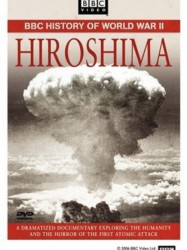
Hiroshima (2005)
, 1h29Origine Royaume-uni
Genres Drame, Documentaire
Thèmes L'environnement, La mer, Transport, Aviation, Documentaire sur l'environnement, Documentaire sur la guerre, Documentaire historique, Documentaire sur le nucléaire, Documentaire sur les technologies, Politique, Documentaire sur la Seconde Guerre mondiale
Acteurs John Hurt, Ed Bishop, Katsumi Chō, Naoko Mori, Ian Shaw, Shane Rimmer
Note76%





À 8h15 précises ce 6 août 1945, le monde a changé. 40.000 personnes trouvent instantanément la mort, mais ce sont bien 200.000 décès qui seront provoqués par l´explosion de la première bombe nucléaire sur Hiroshima, au Japon. Ce documentaire exceptionnel de 90 minutes n´est pas « Un énième film anti-guerre » déclare son réalisateur Paul Wilmshurst, « mais bien l´analyse neutre et objective d´une décision cruciale. Il ne s´agit pas d´être pro-américain ou pro-japonais, j´ai simplement voulu raconter la vérité. » Une vérité technologique, scientifique, militaire et politique qui se dessine dans les trois semaines précédant l´attaque, alors que le premier essai nucléaire vient de se dérouler dans le désert du Nouveau-Mexique, aux États-Unis. Le spectateur se retrouve alors dans la pièce où est prise la décision ultime, à bord de l´Enola Gay pendant son trajet fatidique, à l´intérieur de la bombe au moment de l´explosion, puis dans les rues dévastées d´Hiroshima.

Eyes of the Navy (1940)
, 20minutesRéalisé par Walt Disney
Origine Etats-Unis
Genres Documentaire
Thèmes Transport, Aviation, Documentaire sur la guerre, Documentaire historique, Documentaire sur les technologies, Politique, Documentaire sur la Seconde Guerre mondiale
Acteurs Charles Middleton, Russell Wade
Note57%





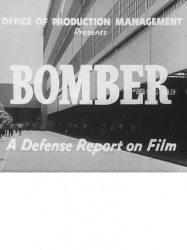
Bomber (1941)
, 10minutesOrigine Etats-Unis
Genres Guerre, Documentaire
Thèmes Politique, Transport, Aviation, Documentaire sur la guerre, Documentaire historique, Documentaire sur les technologies, Politique, Documentaire sur la Seconde Guerre mondiale, Forces armées des États-Unis
Note53%





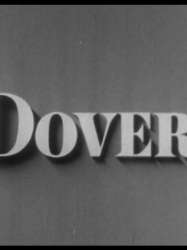
Dover (1942)
Origine Royaume-uni
Genres Documentaire
Thèmes Transport, Aviation, Documentaire sur la guerre, Documentaire historique, Documentaire sur les technologies, Politique, Documentaire sur la Seconde Guerre mondiale
Acteurs Edward R. Murrow
Note54%





 Connexion
Connexion